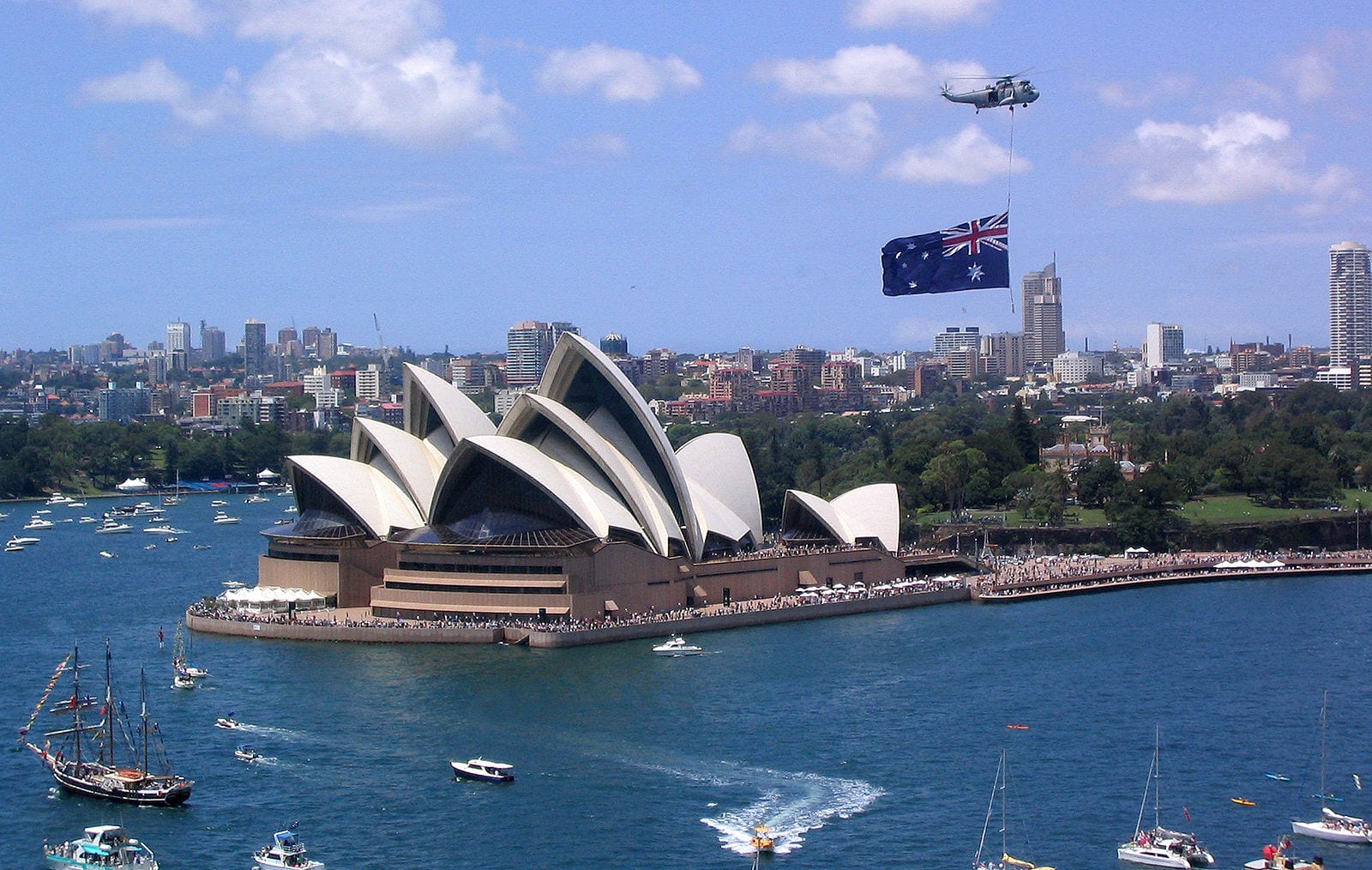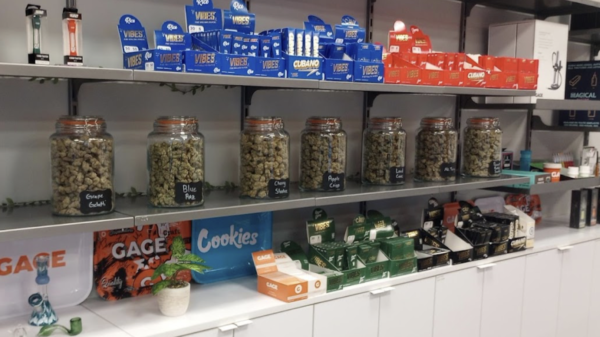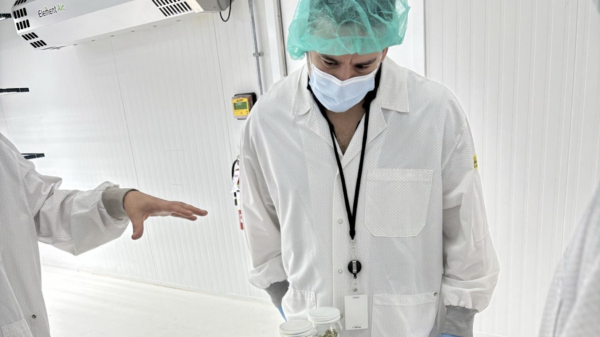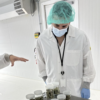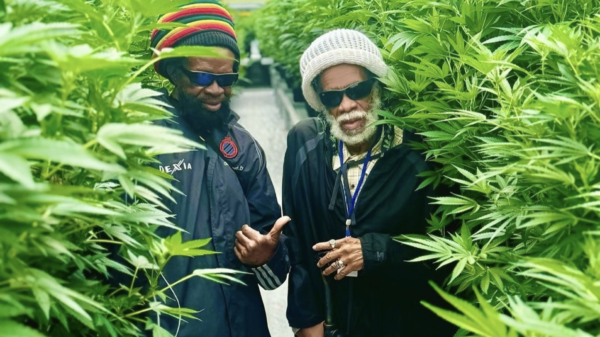Only 3 per cent of Australians using medical cannabis access it through the government’s regulated program, a new study found.
Medical cannabis has been legal in Australia since November 2016, when the government created a system where doctors could prescribe weed to treat various ailments.
But as of 2019, the cost of licit weed and a lack of education around the program has kept dealers Down Under in business, according to a recent study published in the Harm Reduction Journal.
In the study, over 90 per cent of respondents said the regulated framework doesn’t work well and one third said legal cannabis is prohibitively expensive. The regulated market has also been criticized for similar reasons in Canada, where thousands of patients continue to access weed through unsanctioned channels.
Read more: Victoria becomes first Canadian city to back exemption for unlicensed dispensary
The study compared two instances of the voluntary online Cannabis as Medicine Survey: the first just before medical legalization in 2016, and another two years later.
Researchers were able to compare data from 1,388 respondents to get a better idea of how the introduction of a regulated medical market changed how Australians accessed therapeutic and medical weed.
Read more: Canberra Becomes First City in Australia to Legalize Recreational Cannabis
Not much has changed, the report found.
“In many respects, little has changed in the two years since cannabis was legalized for medicinal purposes in Australia: users are still largely accessing illicit cannabis, self-medicating a similar range of health conditions (chronic pain, mental health and sleep problems), with similar perceived levels of effectiveness, side effects, social and legal issues reported,” the study reads.
In Australia, cannabis is not covered or subsidized by the government’s Pharmaceutical Benefits Scheme nor private health insurance, so patients have to pay out of pocket — between AUS$5 to $15 per day, according to the study. Almost half of those surveyed said the cost of accessing medical weed “placed a significant strain on their finances.”
But it looks like Australians are in support of changing that. In the study, 90 per cent of people agreed medical cannabis should be part of the country’s routine healthcare and 70 per cent said the government should subsidize medical cannabis.
“Until medical cannabis products are licensed as medicines with the TGA [Therapeutic Goods Administration], and subsidized under the Australian Pharmaceutical Benefits Scheme, it seems likely that the cost of unlicensed cannabis-based products will continue to force many people to source their medical cannabis illicitly, especially those on low incomes,” the study reads.
Read more: Oceania weed market could generate US$1.5 billion by 2024: report
Around 30,000 patients have been approved to use 100 different cannabis products as of 2020, the study notes. That number could be much higher, but a lack of education about the country’s cannabis program might be holding patients back.
Close to half of the survey’s respondents said they didn’t know any doctor who would prescribe them medical cannabis and around one third said they didn’t even know doctors could prescribe medical weed. Just over half of those surveyed said they discovered the benefits of medical cannabis because their symptoms improved over time while they used cannabis.
Pain was the most widely cited reason for using cannabis, with back pain and arthritis as the leading issues. People also reported using cannabis to treat their mental health, with anxiety, depression and post traumatic stress disorder listed as the main reasons for use. Two per cent of respondents said they used cannabis to treat epilepsy, and 4 per cent said they used cannabis because they had cancer.
There was a strong preference for using vapes or taking cannabis orally instead of smoking weed, the study noted, even though one quarter of respondents said they usually just smoked a joint.
The Australian government should consider allowing public or private medical insurance to cover the cost of medical cannabis, the study’s authors recommended. The authors also called for more research to be done on cannabis because, as their results showed, vulnerable or ill people are already accessing it.
Top image by Phil Whitehouse via Wikimedia Commons
michelle@mugglehead.com
@missmishelle

